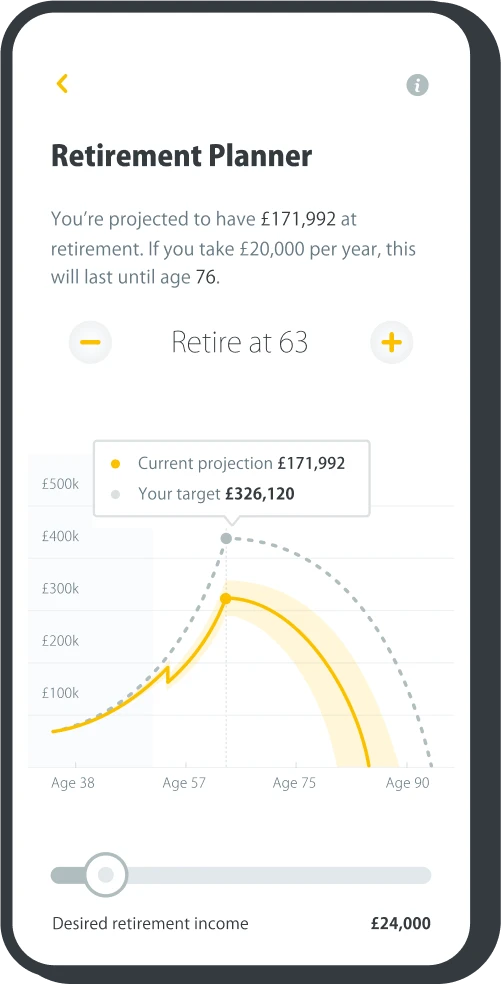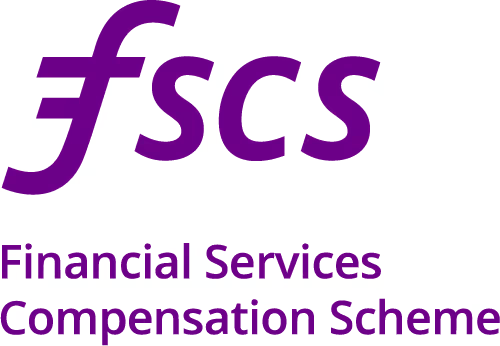Featured articles
How much tax do I need to pay on my investments?
If your investments make money, you may need to pay Income Tax or capital gains tax (CGT). How much you owe depends on your earnings and the type of investment. Interest, dividends and profits from selling investments can all affect your tax bill. However, ISAs and pensions offer ways to grow your money without paying tax on your gains. Understanding the tax rules around investments can feel daunting at first. But by understanding some key details, you can start investing with confidence. Here's what you need to know.
What counts as investment income?
Some types of investments can generate income, such as:
- interest from bonds or savings; and
- dividends from shares.
Whether or not you pay tax will usually come down to your total income for the year. But you also get tax-free allowances that can lower the tax you owe, based on your circumstances.
Interest income from bonds or savings
Interest from savings accounts or bonds counts as taxable income. The amount of interest you can earn tax-free depends on your Income Tax band.
- Personal Allowance - most people can earn up to £12,570 a year (across all income) without paying any Income Tax.
- Savings Allowance - basic rate taxpayers can earn up to £1,000 in savings interest tax-free (£500 for higher rate taxpayers). Additional rate taxpayers don’t receive a savings allowance.
Interest over these limits is taxed at your standard Income Tax rate:
- Basic rate (20%) is applied to total income between £12,571 and £50,270;
- Higher rate (40%) is applied to income between £50,271 and £125,140; and
- Additional rate (45%) is applied to income over £125,140 (2025/26).
Dividend income from shares
You may also receive income in the form of dividends. These are a share of company profits paid to shareholders.
The current Dividend allowance is £500. This means you can earn up to £500 in dividend income tax-free (2025/26).
Any dividend income above that is taxed at the following rates:
- 8.75% for basic rate taxpayers;
- 33.75% for higher rate taxpayers; and
- 39.35% for additional rate taxpayers.
For example, if you earn £800 in dividends and you’re a basic rate taxpayer, £500 would be tax-free and £300 would be taxed at 8.75%.
Capital gains tax on investments
When you sell investments like shares or property and make a profit, you may need to pay CGT. Here’s how it works:
- each tax year, you have a CGT allowance of £3,000 (2025/26);
- you only pay tax on the gain above that threshold, not the total amount you sell for; and
- the CGT rate is usually 10% or 20%, depending on your Income Tax band. For second homes or buy-to-let properties, it’s 18% or 24%.
For example, if you bought shares for £10,000 and sold them for £15,000, your gain is £5,000. After using your £3,000 allowance, you’d pay CGT on £2,000.
Be pension confident.
Combine your old pension pots into one new online plan. It takes just a few minutes to sign up.
Get startedStamp Duty Reserve Tax (SDRT)
When you buy UK shares or corporate bonds online, you’ll usually pay Stamp Duty Reserve Tax (SDRT) at a rate of 0.5%. This is normally taken automatically when the transaction goes through.
SDRT doesn’t apply to overseas shares (like US stocks) or government bonds (gilts).
How do I pay tax on my investments?
How your tax is collected depends on how much you earn and how you usually pay tax.
- If you’re employed and are enrolled into a workplace pension - HMRC may adjust your tax code to collect the right amount automatically.
- If you earn more than £10,000 from savings and investments - you’ll usually need to complete a Self-Assessment tax return.
- For dividend income between £1,000 and £10,000 - you may be able to contact HMRC directly.
It’s a good idea to keep a record of any dividends you receive, interest earned and gains made, even if they fall within your tax-free allowance.
Are there tax-free ways to invest?
Yes. Some investment options let you grow your money completely tax-free, up to certain limits.
- Stocks and Shares ISAs – you won’t pay any Income Tax or CGT on investments held in an ISA. The annual ISA allowance is £20,000 (2025/26).
- Pensions – you don’t pay tax on money you invest in a pension (up to your annual allowance), and any growth is tax-free. You’ll only pay tax when you start drawing your pension.
These are both great ways to take advantage of tax-free savings.
How can I keep track of what I owe?
It’s worth knowing that HMRC won’t always collect tax automatically, especially if your investments sit outside an ISA or pension.
- If you’re employed - any tax you owe may be collected through your PAYE code.
- If your investment earnings go over your tax-free allowances - you may need to fill in a Self-Assessment tax return.
Not sure what you owe? It’s a good idea to check the latest guidance on GOV.UK or speak to a qualified Independent Financial Adviser (IFA).
If you’re looking to grow your retirement savings, consider PensionBee. Learn more about our pension plans, how you can make flexible contributions and transfer old pensions in a few easy steps.
Risk warning
As always with investments, your capital is at risk. The value of your investment can go down as well as up, and you may get back less than you invest. This information should not be regarded as financial advice.
Last edited: 17-07-2025







